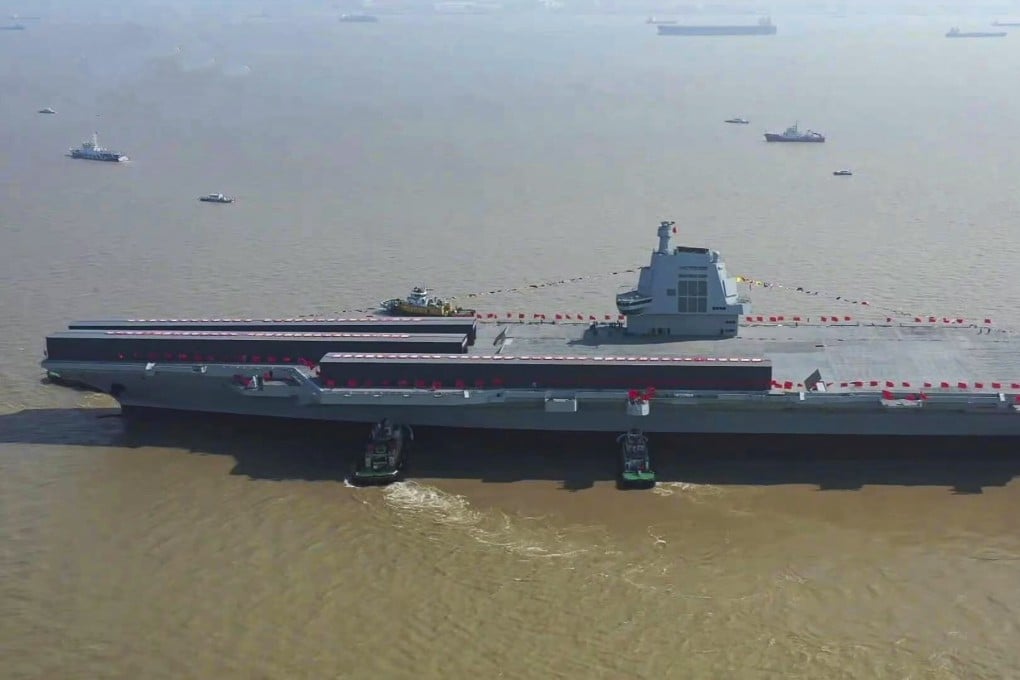Advertisement
China’s next aircraft carrier: nuclear-power speculation continues
- A state shipbuilding company has previously said the country must be able to achieve a breakthrough in the technology by 2027
- Some analysts believe that a nuclear-propelled carrier is the logical next step for the country’s military development
Reading Time:2 minutes
Why you can trust SCMP
17

China’s fourth aircraft carrier will probably be nuclear-powered, analysts have predicted.
China State Shipbuilding Corporation has previously said that it needs to achieve a breakthrough in nuclear-powered technology by 2027.
But an article in the Wave of South China Sea, a military affairs social media account, said there had still been no official announcement that the shipyards responsible for building carriers have been given the necessary permission, and it was debatable whether China could acquire the technology to build them.
Advertisement
The article also said a diesel-powered vessel would be more suited to China’s development.
Speculation mounted following the launch of the country’s third conventionally powered carrier, the Fujian, that the next one would be nuclear-powered.
Advertisement
Advertisement
Select Voice
Choose your listening speed
Get through articles 2x faster
1.25x
250 WPM
Slow
Average
Fast
1.25x
